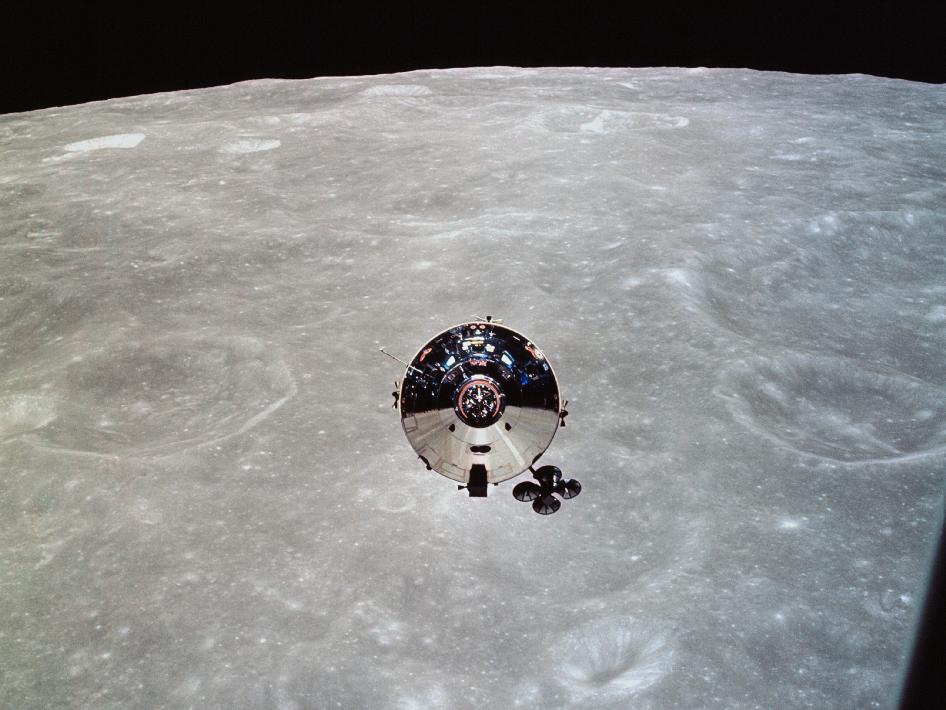In May 1969, two months before man walked on the Moon, Commander Thomas Stafford, Command Module Pilot John Young and Lunar Module Pilot Eugene Cernan made a 'dummy' run and successfully returned from the Moon and landed their Apollo 10 command module, dubbed 'Charlie Brown', in the ocean, after setting a still-existing human speed record of 25,000 MPH. They basically did everything except land on the Moon.
Since they didn't actually land, the lunar module, nicknamed Snoopy, did an 8-hour lunar orbit, a descent, an ascent and a re-docking. Then it was jettisoned into solar orbit along with the S-IVB third stage, the 200,000 pound-thrust J-2 engine which burns liquid oxygen and liquid hydrogen. NASA was able to track Snoopy for a while but they obviously had other things on their minds.
Where has it gone those 40 years?
As part of the Faulkes Telescope Project run by the University of Glamorgan, school kids are getting the chance to find out. Amateur astronomer Nick Howes of the UK is getting kids interested in science by remotely using the power of telescopes in Hawaii and Australia to do something tangible; solve a mystery. And given the time difference for the telescopes, it can happen during regular UK science classes.

The Apollo 10 command module Charlie Brown is seen from the lunar module Snoopy after separation in lunar orbit. Image Credit: NASA
Can it be done? Space is, well, big, and the module is small but former NASA ground staff are pitching in to help try and narrow it down.
Snoopy is not the only thing we left out there from the Apollo missions. Apollos 11, 14 and 15 left behind Laser Ranging RetroReflectors that are still used and provide information about the distance to the Moon and how that distance expands over time. They're so small that aiming lasers at them from Earth is like using a rifle to hit a moving dime two miles away. I bet even that guy in "Lethal Weapon" couldn't make that shot.




Comments